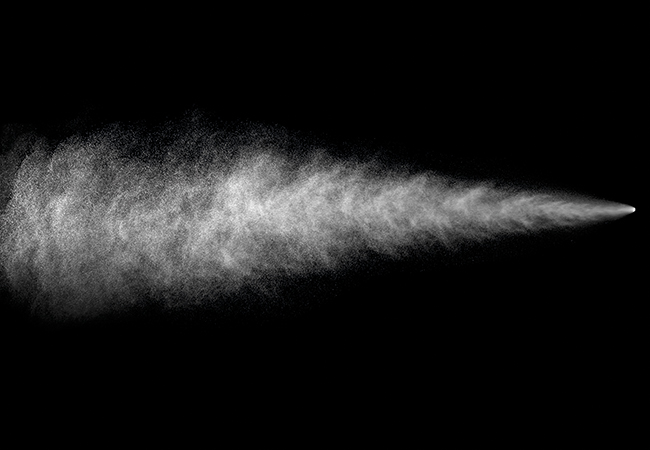
While the Covid-19 pandemic brought infectious aerosols into the spotlight, controlling airborne contaminants remains a critical concern for health and wellbeing, making indoor air quality (IAQ) a priority in all built environments.
To manage IAQ effectively, it’s essential to strike a balance between adequate ventilation and energy efficiency. Overventilation can lead to unnecessary energy consumption and costs, while insufficient ventilation can increase the risk of disease transmission.
Published in 2023, ASHRAE Standard 241 Control of infectious aerosols establishes minimum requirements to reduce the risk of disease transmission through exposure to infectious aerosols in buildings. As well as providing planning and operational management procedures to minimise risks of transmission through aerosols in ventilated spaces, the standard aims to improve the wellbeing of occupants.
It introduces the equivalent clean airflow index (ECAi), which quantifies the amount of clean air needed to reduce the risk of disease transmission.
What is the ECAi metric?
The equivalent clean airflow index (ECAi) is a metric used to assess the effectiveness of air filtration and ventilation systems in controlling the concentration of airborne contaminants, including infectious aerosols. ASHRAE’s Epidemic Task Force played a key role in developing the concept.
Comprised of experts in public health, engineering and infectious disease, the task force worked to establish a metric that represents the equivalent amount of clean air that would need to be introduced into a space to achieve the same level of contaminant removal as the existing ventilation and filtration system.
ASHRAE Standard 241-2023 establishes target ECAi values based on health considerations, depending on the type of space – for example, office, classroom, or healthcare facility.
A higher ECAi value indicates a more effective ventilation system in removing contaminants and generally corresponds to a lower risk of airborne infection transmission.
By measuring ECAi, building operators can assess the performance of their ventilation systems and make informed decisions about improvements or adjustments, to ensure optimal indoor air quality.
As recently reported1 in the ASHRAE Journal by Kottapalli et al, the standard outlines an aerosol tracer decay test as a reliable method for assessing the effectiveness of air filtration and ventilation systems in controlling infectious aerosol concentrations in indoor environments. Kottapalli highlights that traditional methods, such as theoretical calculations, computer simulations, and measurements using surrogates such as CO2, often fail to capture accurately the combined effects of dilution, filtration, settling and air distribution on exhaled respiratory aerosol particles in the breathing zone.
The aerosol tracer decay test addresses these limitations by directly measuring the removal rate of key aerosol size ranges, giving an accurate assessment of a single zone’s true equivalent clean airflow.
It involves introducing a controlled amount of a harmless, detectable aerosol (saltwater solution) into the test space, where optical particle counters measure its concentration change over time. By analysing this data, the decay rate of the tracer can be determined, which reflects the space’s air filtration and ventilation effectiveness.
This method is simple to conduct and can be performed in near real time. It can also be used under actual operating conditions and in occupied spaces, providing actionable data for immediate adjustments to HVAC systems or in-room air cleaners. Tests can assist in the effective placement and optimisation of ventilation and filtration systems for occupant health and building energy use.
References:
- Kottapalli K et al ‘Aerosol tracer testing comes of age in ASHRAE Standard 241’, ASHRAE Journal September 2024
About the author
Tim Dwyer is CIBSE Journal technical editor and UCL honorary professor in building services system
